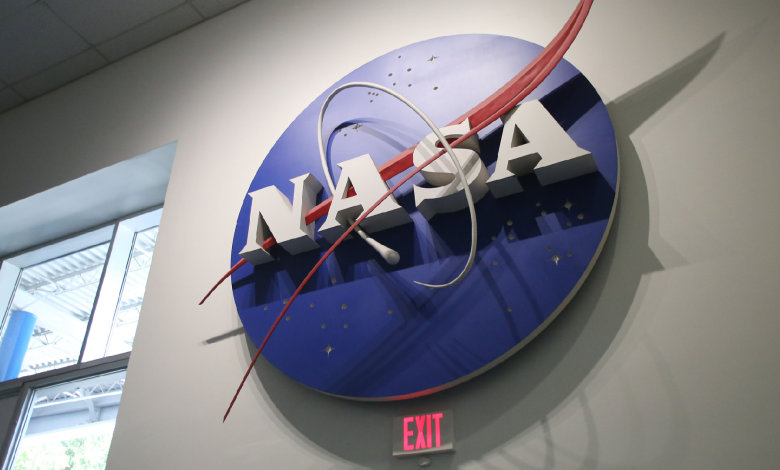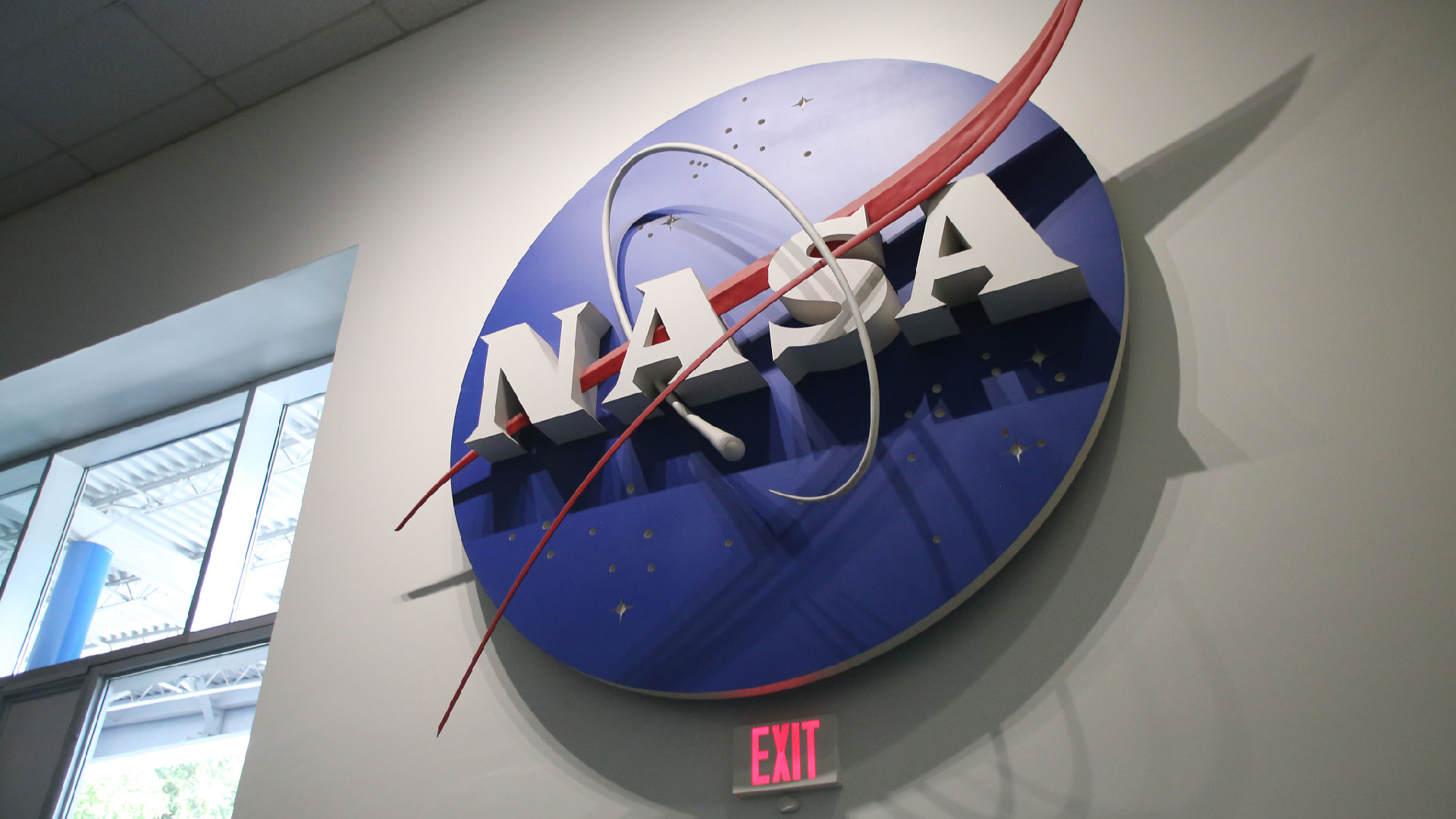Bloomberg, NASA coalition launches its first methane-hunting satellite


<img src='https://news.cgtn.com/news/2024-08-17/Bloomberg-NASA-coalition-launches-its-first-methane-hunting-satellite-1w8Dtknz06Q/img/742c3d9e40fc4c4cb3c9166dfab52b40/742c3d9e40fc4c4cb3c9166dfab52b40.jpeg' alt='The NASA logo is seen at Space Center Houston, the United States. /CFP'
A coalition backed by philanthropists, including former New York mayor Mike Bloomberg, launched its first satellite on Friday to monitor methane leaks from space.
Using NASA-developed technology, the Carbon Mapper Coalition aims to track methane emissions from sources such as oil refineries and landfills, providing data through a public online portal. The satellite, named Tanager-1, was launched aboard the SpaceX Transporter-11 Rideshare mission from California’s Vandenberg Space Force Base.
Formed in 2021, the Carbon Mapper Coalition includes NASA’s Jet Propulsion Laboratory, satellite firm Planet Labs, RMI and Arizona State University, with financial support from foundations like Bloomberg Philanthropies and High Tide Foundation. The coalition plans to launch additional satellites to monitor up to 90 percent of the world’s large methane emissions daily.
Methane, over 80 times more potent than carbon dioxide in its first 20 years in the atmosphere, is a significant contributor to climate change. Identifying “super-emitters,” which release more than 100 kilograms of methane per hour, is essential for cutting emissions and mitigating the worst effects of climate change, according to Carbon Mapper Chief Executive Riley Duren.
(With input from Reuters)

